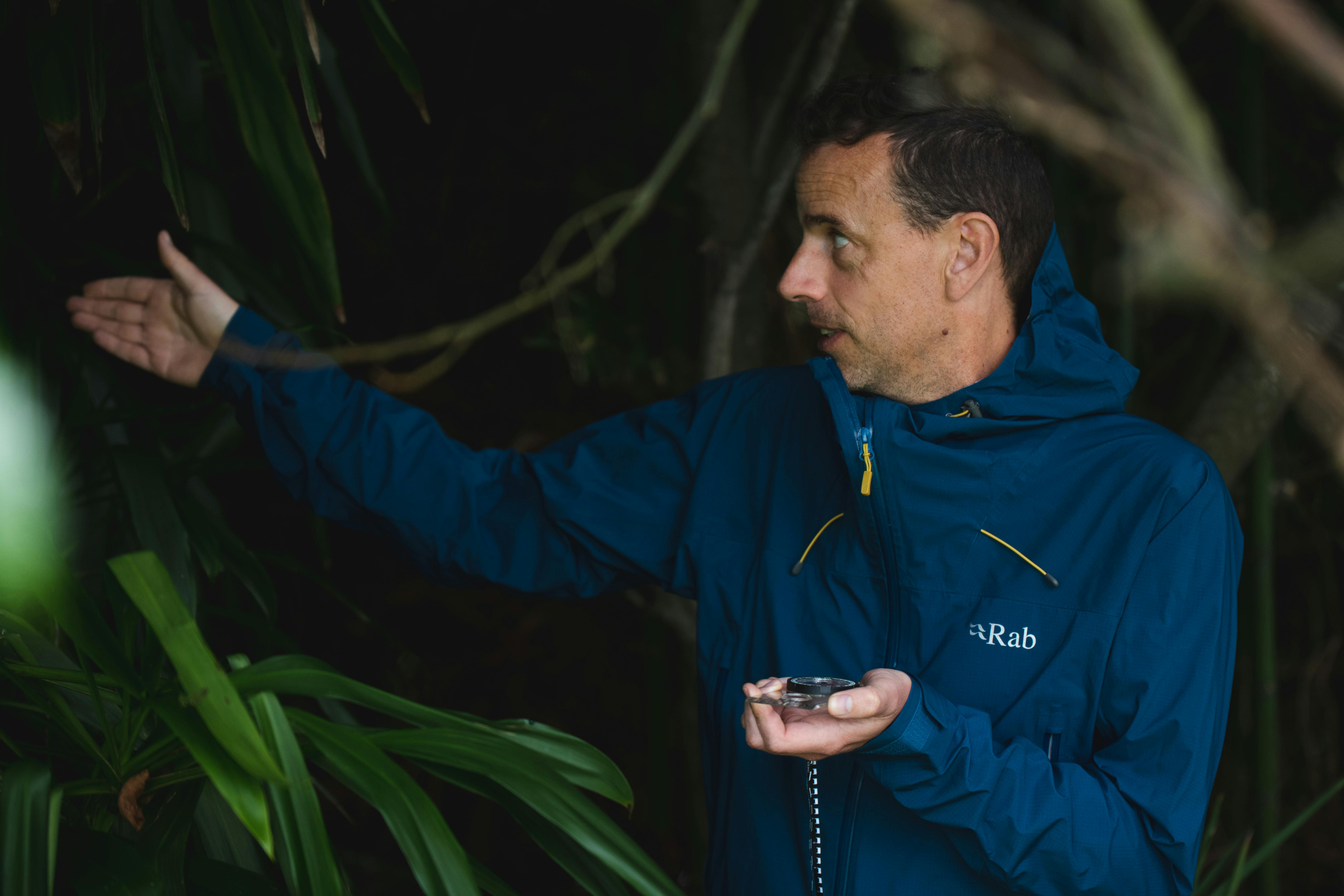If you’re walking on a bearing you must go dead straight. So, what do you do if you meet an obstacle you can’t walk through?
Sometimes while walking on a bearing you’ll encounter an obstacle you need to walk around. It might be a fallen tree, cliff edge or thick undergrowth. Getting around the object might be easy, but you also need to get back onto your bearing. Here’s how to do it.
1. At the obstacle, the marker (the person reading the bearing) lifts one arm to the side and looks along the arm to identify a feature at right angles to the bearing. They then turn and face that feature, so they are now at right angles to the bearing.
2. They then walk evenly, counting paces until they are past the obstacle.
3. They turn back to face the original bearing (now offset from the original).
4. If alone, the marker walks on the original bearing to get past the obstacle. If with other people, the marker can stay put and guide others on the bearing until they are past the obstacle (as in the leapfrog technique).
5. Once past the obstacle, the marker lifts the other arm and turns the opposite way at right angles to identify a new feature in this direction.
6. The marker, who paced out at first, now counts the same number of paces in the opposite direction, to ensure the distance is consistent.
7. Once there, they turn to face the original bearing. They are now back in line with the original bearing.
– Heather Grady is an instructor with Outdoor Training New Zealand








